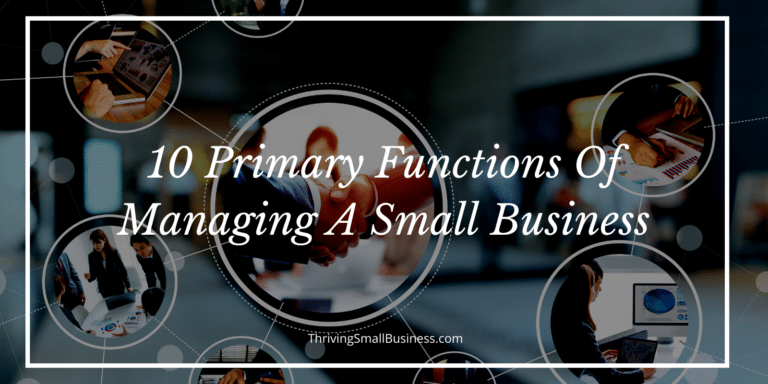6 Things You Might See In Project-Based Learning
Estimated reading time: 4 minutes
One of the great joys of managing people is watching them develop and grow professionally.
For employees whose job performance is managed, opportunities for development and professional growth are a natural outcome.
Developing employees needs to be specific and intentional.
Employees must be allowed to learn, grow, and make mistakes.
I think we can all give examples of how our best learning experiences were from making (sometimes big) mistakes and learning from them.
These life lessons can sometimes be hard and painful – but the long-term effect of the learning experience is professional growth.
How Employees Learn
The learning pyramid shows that teaching others is most effective by giving them the opportunity to practice what they learned by doing.
My experience has taught me that some employees humbly come to the table and ask for developmental opportunities – and appreciate feedback and coaching.
Others, prefer to learn by doing and making mistakes along the way.
In the right structure, both of these models can work.
Learning Projects
One way to provide a learning experience is through the use of Learning Projects.
Learning projects are basically using specific projects that are designed to help an employee learn.
An example of a learning project might be having an employee involved in the planning, facilitating, and data collection of a customer focus group.

The employee would be given assignments of helping to identify the customers; drafting invitations to the focus group; keeping track of customers who respond; helping to draft focus group questions, and observing the focus group as it happens.
Once this focus group is over, the employee could help compile the information learned and work on developing a plan of action based on the feedback.
This is not a project you would give someone with no experience in customer feedback methodologies but would be a great project for someone to assist and learn.
Once the project is complete, the manager might review the competencies demonstrated and have the employees articulate what they learned from the experience.
This is one example of many ways to help employees learn by doing.
6 Things You Might See In Project-Based Learning
1. A Business Project That Support Objectives
Choose a project that supports organizational objectives.
The employee learns by connecting the dots between steps in the process and outcomes that support achieving objectives.
2. A Specific Goal
Set a goal or target for the project so the employee can see results. Your intent would be for the project to achieve results that benefit the organization.
For instance, if you delegate a project to plan the upcoming sales meeting, instruct the employee to achieve the goal of keeping the meeting within budget.
3. Employee Possesses Basic Competencies
The employee will need to have the basic competencies to complete the project.
Learning projects are used with the intent of developing employees to the next level of leadership.
For this to work, the employee needs to possess the basic competencies for learning.
For instance, if the employee is being asked to participate in interviews for a new hire, make sure they have had the necessary training for how to interview a job candidate.
4. Employee Understands Expectations
The employee should have a good understanding of what is expected of them and what their role in the project is.
We often forget that what we know, our employees don’t necessarily know.
Spend time discussing project expectations and ensure the employee understands what you are asking them to do.
Hint: Ask the employee to explain to you their understanding of your expectations for the project.
This exercise can shed light on how the employee perceives your expectations.
5. A Project Coach
The employee is coached throughout the entire process as they learn.
Employees who are learning need to be coached. Assign a coach for the project and schedule regular updates.
These quick interactions will allow the employee to ask questions and the coach to share observations and practical tips to achieve results.
The more involved the coach is in the project the easier it will be for the employee to learn by doing.
6. Structured Feedback Loop
The employee should receive feedback throughout the project.
The more specific the feedback, the more the employee will learn.
For instance, if the employee is learning to interview job candidates, and struggles with making eye contact, provide feedback or suggestions to help them with these conversations.
Helping employees learn and grow professionally is one of the fundamental responsibilities of a great boss.
Being able to identify strengths and developmental opportunities is how managers can continue to move employees up the developmental continuum.
There is no greater joy for a manager than watching employees develop and grow.
I used to tell employees that if I’m doing my job right, the day will come when I can walk out the door, and they will carry on without me. That should be the goal for all managers.
What kinds of learning projects do you offer your employees?






